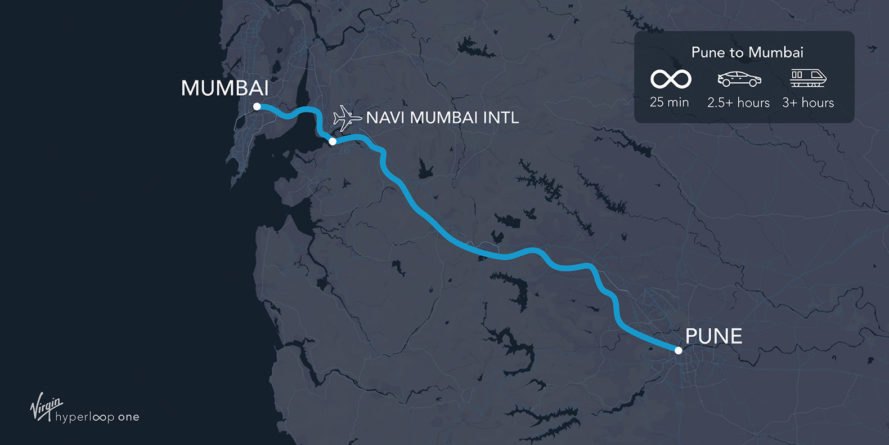
California has paved the way for testing driverless cars without a person behind a steering wheel. The tests are made possible as a result of new rules that state regulators have approved for autonomous driving.

The findings could aid engineers in developing technology suited to withstand the coldest reaches of outer space or the most frigid regions on Earth.

The research team developed a new design for high-speed aircraft, which may, according to the Creator, to fly from Beijing to new York in 2 hours.

Nissan will begin testing its Easy Ride self-driving taxi service in Yokohama, Japan in early March in hopes of launching the full service by the start of the 2020 Summer Olympics in Tokyo.

The field of competitors looking to bring exascale-capable computers to the market is a crowded one, but the United States and China continue to be the ones that most eyes are on.

Researchers are taking 3-D printing and 3-D modeling to a new level by using augmented reality to allow designers to design in physical space.

Fuelium is developing paper-based batteries designed for disposable diagnostic devices.

Virgin Hyperloop One just signed an agreement with the state of Maharashtra in India to work towards a hyperloop route between Pune and Mumbai.

A look at the phenomenon of 3D printing worldwide, including a delicate resin pavilion in China, classical-design-inspired concrete beams in Italy and buildings that “think” in Germany.

Researchers from two teams now working with Intel have reported advances in a new quantum computing architecture, called spin qubits.
Robotics company releases video of the SpotMini, its four-legged and well-mannered machine.

A team from Australia have found a "quantum hack" - a way to modify qubit surface codes, improving quantum error correction by up to four hundred per cent.

Using a revolutionary laser technology known as LiDAR, researchers discovered an ancient Mayan megacity hidden in a Guatemalan jungle.

Erica, a lifelike android designed to look like a 23-year-old woman, may soon become a TV news anchor in Japan.

Dr David Hanson, who created the life-sized Sophia, was quoted saying that the humanoid is already being used to help research autism and other diseases.